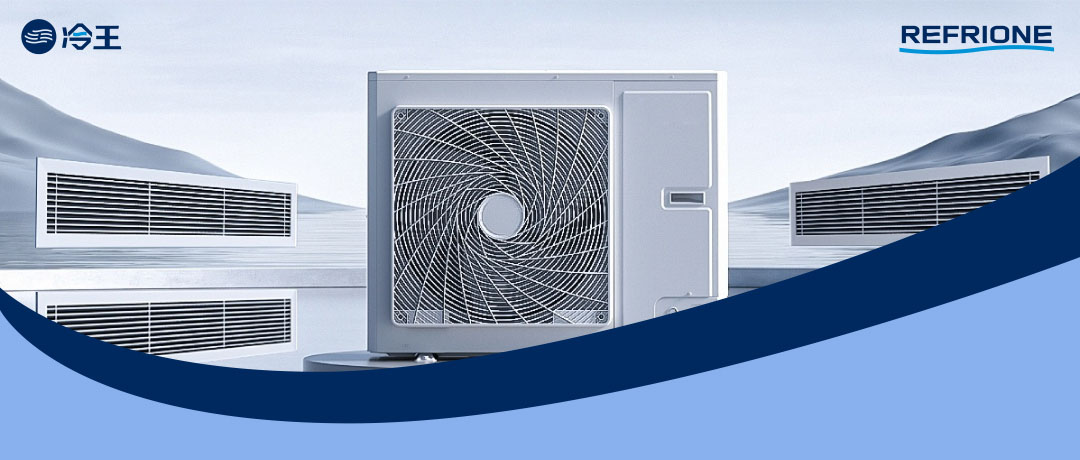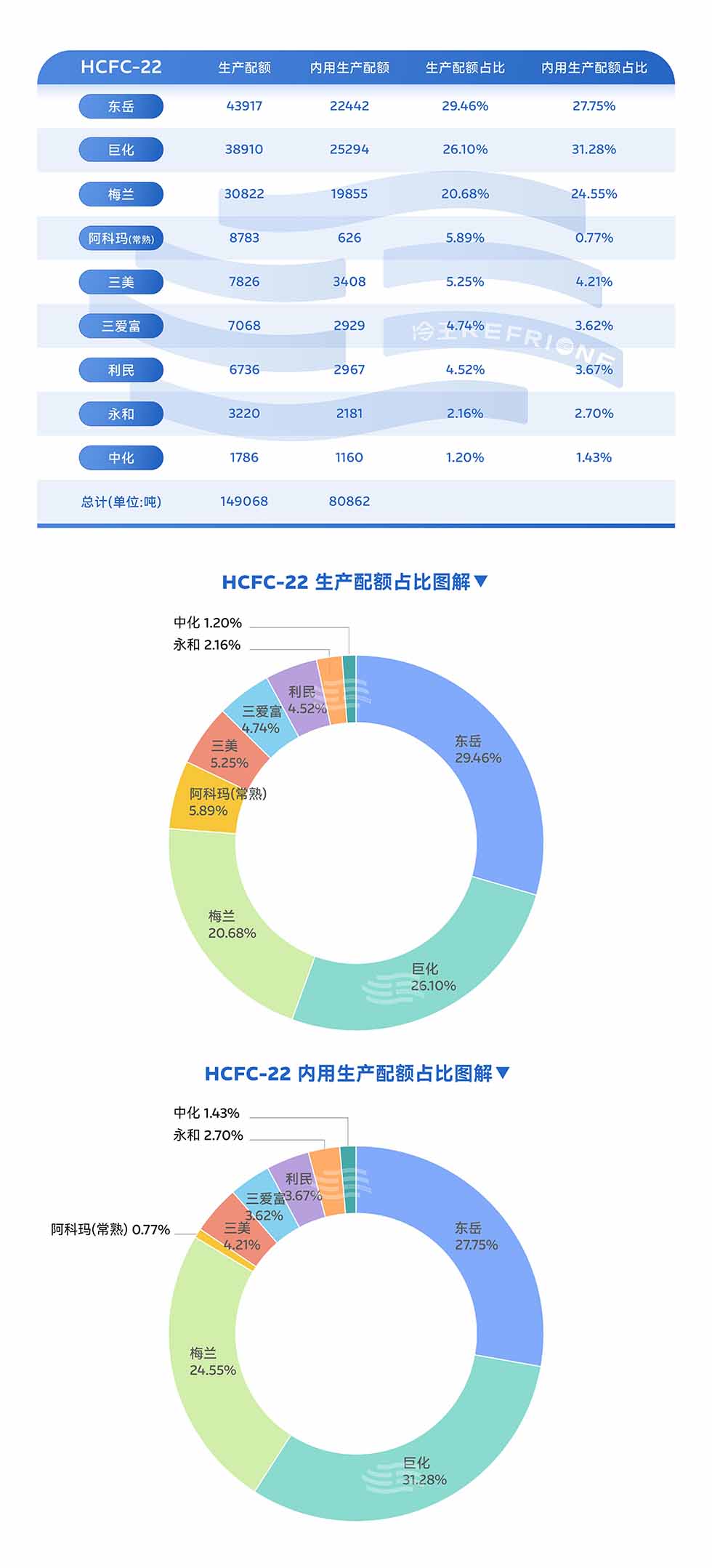
The price of refrigerant R22 continues to rise, becoming the focus of market attention. Behind its strong price is the result of multiple supply and demand and policy factors working together:
#01 Quota reduction leads to supply contraction
According to the policy of the Ministry of Ecology and Environment, the production quota for second-generation refrigerants (HCFCs) in 2025 will be reduced by 23.37% compared to 2024, with a reduction of 32800 tons in R22 production quota and 31000 tons in domestic quota. The significant tightening on the supply side has directly increased price elasticity, while top enterprises have further strengthened market concentration by leveraging their quota advantages.

#02 Rigid support for maintenance market demand
Although the market for newly installed fixed frequency air conditioners is gradually shrinking, R22, as a traditional refrigerant, still holds an important position in the maintenance market. The stable demand for maintenance of the vast global inventory of air conditioning equipment, coupled with the growing demand for low-cost refrigerants in developing countries, collectively supports the resilience of R22 consumption.
#03 Long term pressure from environmental policies
In order to fulfill the Montreal Protocol, China continues to promote the phase out plan of HCFCs, and the policy specifies that the production of R22 will be reduced to 67.5% of the baseline value by 2025. The long-term constraints on the supply side, coupled with rising environmental costs, have limited the expansion of enterprise production capacity, exacerbating the supply-demand imbalance.
#04 The linkage effect between raw materials and industrial chain
R22 is not only a terminal refrigerant, but also an important raw material for organic fluorine chemical industry, used for the production of fluoropolymers and new refrigerants. The price fluctuations of upstream raw materials such as fluorite and hydrofluoric acid, coupled with the high growth of downstream air conditioning emissions (such as a year-on-year increase of 35.6% in air conditioning emissions in January 2025), further transmit to R22 prices.
In the short term, the supply-demand gap of R22 may continue to exist, and there is still upward pressure on prices. In the long run, with the acceleration of the replacement of third-generation refrigerants such as R32, the R22 market will gradually shrink, but the dual constraints of policy and supply will still support its high price operation.




